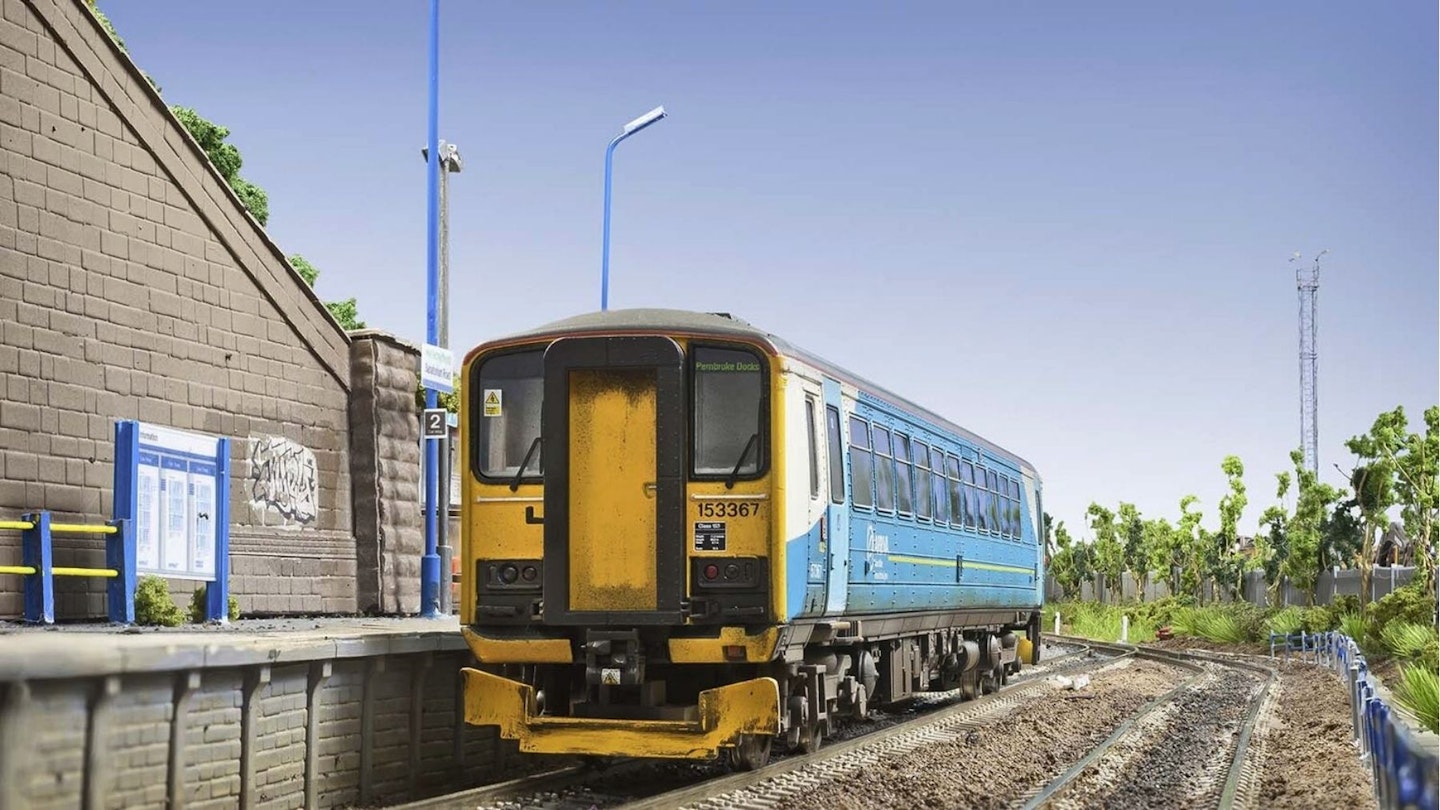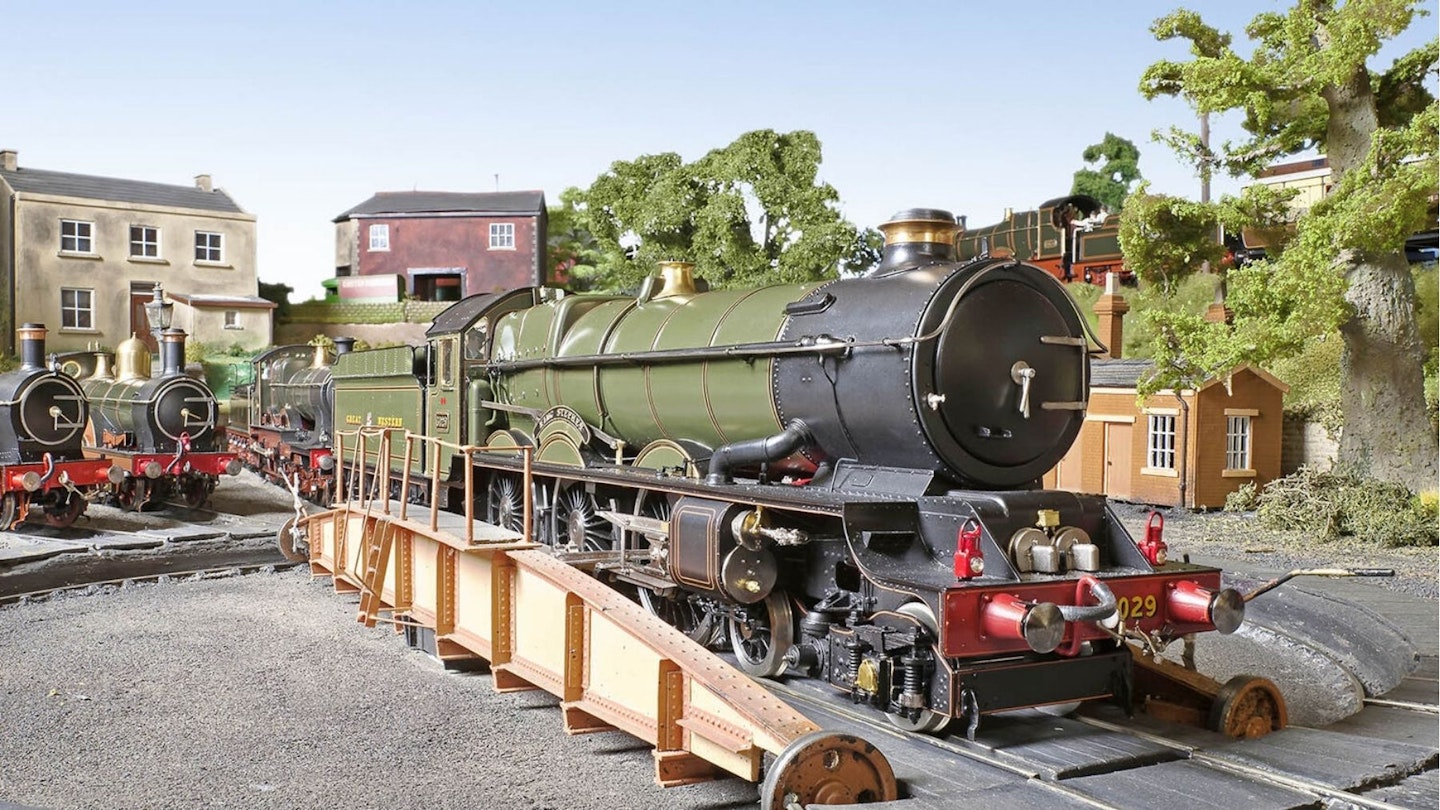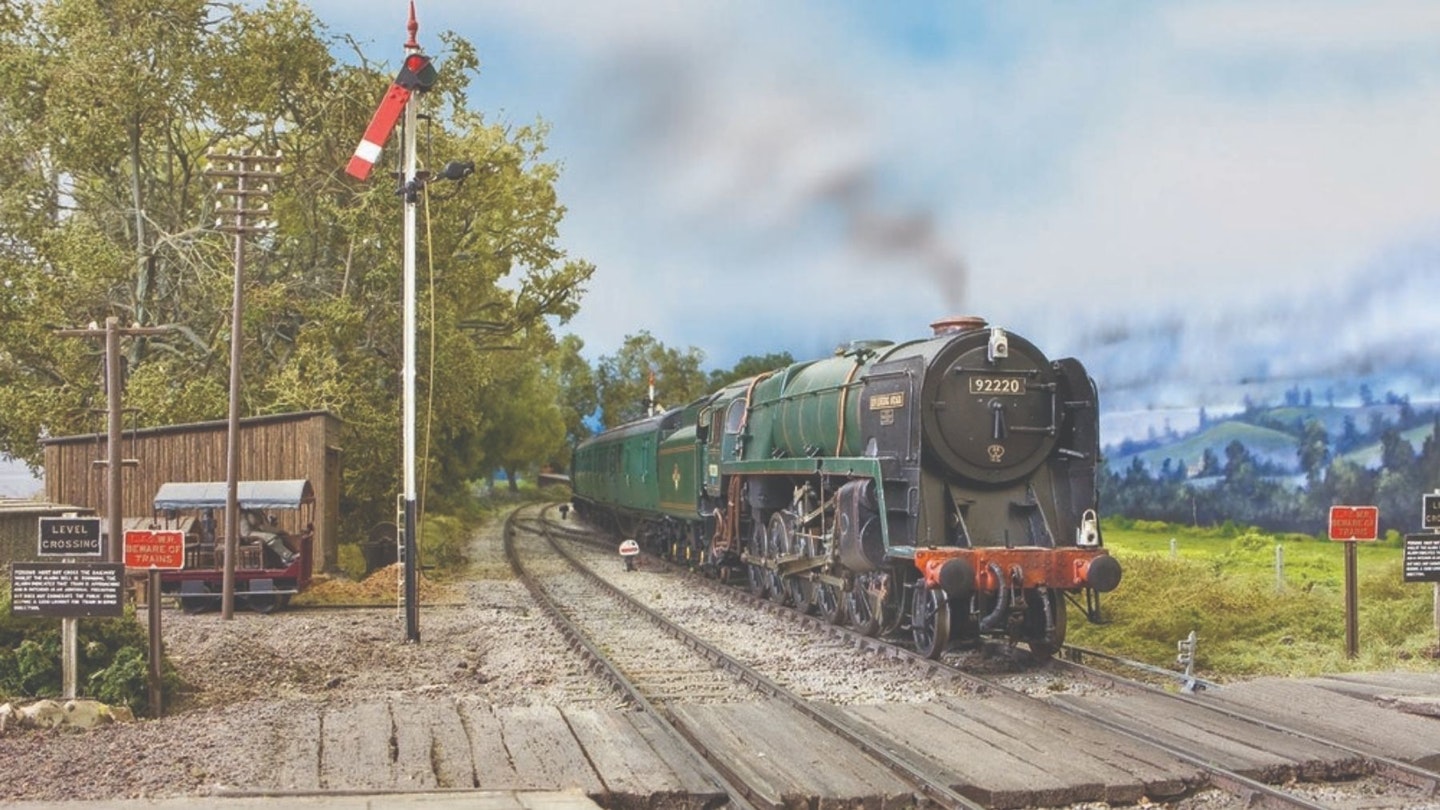You know you want a train set. But do you know what you want to achieve with it? DAVE LOWERY explains how to choose which model you should build.
So, you’ve got the train set bug. Whether you’ve been given a train set as a birthday or Christmas present, or you want to treat yourself to one, the first question is often “What track plan should I build?”
This is an impossible question to answer, because the track plan depends on what you want your layout to be, and the space you have available.
The real question is: “What do you want from your layout?”
What’s your motivation? Is it just a model railway you’re after? Perhaps all you want is the opportunity to build a miniature landscape and to play with some toy trains. It could be an indulgence for you - the toy you always wanted but never had - or it could be something for you to build with your children or grandchildren.
Or the drive could be something different altogether - it could be the desire to build a true miniature landscape and to capture something of the flavour of a real place.

The real deal
Many of the layouts you see at an exhibition are inspired by a real railway location - a station or a locomotive depot - or a real part of the country.
There are two ways to go about capturing something real: you can copy a real place, copying the railway track plan and making miniature replicas of the buildings. Or you can compromise and take selected and clearly recognisable features so that what you have is technically fictitious but actually believable.
If you have a clear idea of what you want, great. But if not, take a sheet of paper, thumb through some railway and model railway magazines, browse the internet for photographs - essentially start to identify what appeals to you.

Make it up
If you’re not bothered about replicating a real place, there are some excellent publications on sale with layout plans in them that could at least form part of your grand plan.
If you would like your project to include town and country sections, this means the layout needs to have separate sections cordoned off by back scenes, introducing the use of diorama scenes incorporated into a larger layout.
Instead of a large board with track work on it, so you can see it all in one go, instead your project would be split up into various sections showing different scenes but with a continuous layout running through it.
This opens up the opportunity for special detailed modelling in concentrated areas, allowing one small section to be completed while you build the rest over a period of time.
Once you’ve completed one section, you’ll have the incentive to carry on with the rest; you also get an area to photograph your models and building projects.
When you plan the layout, try to be sensible. Plan the work according to the space you have available. It is always better to plan the layout first, then build the baseboard that will fit it. Don’t start with a board and try to make a layout fit on to it - it just won’t work.

Mock it up
Once you have developed a plan, the next step is to use one of the scale track plan kits that contain miniature dummy track parts. Mock up your plan and measure it to work out the dimensions of the board you will need to fit around it.
If possible, try to reserve a little space around the edges for some scenery. It may feel that there’s a lot involved in getting it right, but just be patient, take your time - trim bits here and there until you feel it all works.
Operating and playing with a layout must be rewarding. After all, it’s going to take you a while to build it, so after all that work it needs to have play value, enough potential for allowing trains to run or be shunted about, and to allow locomotives to be changed – anything that will keep your interest going.
Finally, give a little thought to the future of the layout’s tracks or sidings. Leave at least the potential to extend the layout to another board. Formulate a grand plan and start with one section. Build it, complete it and then add the next section.
Get expert advice
Once you’ve chosen which model train set to build, or even before you start building it, be sure to have the best expert advice at your fingertips with a subscription to Model Rail magazine. Subscribing means not only do you save money, but you get the magazine delivered straight to your door. Subscribe now and get a Soldering Iron free!
Model Rail is packed full of the latest new model reviews, expert 'how to' projects and inspirational layouts. There's loads to fire your imagination, with great track plans you can build and inspiration from the real railway, not to mention Model Rail's exclusive range of model locomotives.
In each issue we cover every stage of the hobby, from buying a first model train set right through to museum standard fine-scale modelling. Model Rail magazine is full of helpful tips, advice on model train layouts, details on model train sets, step-by-step articles and more! Choose the right subscription option for you and get instant digital access to the latest issue.

